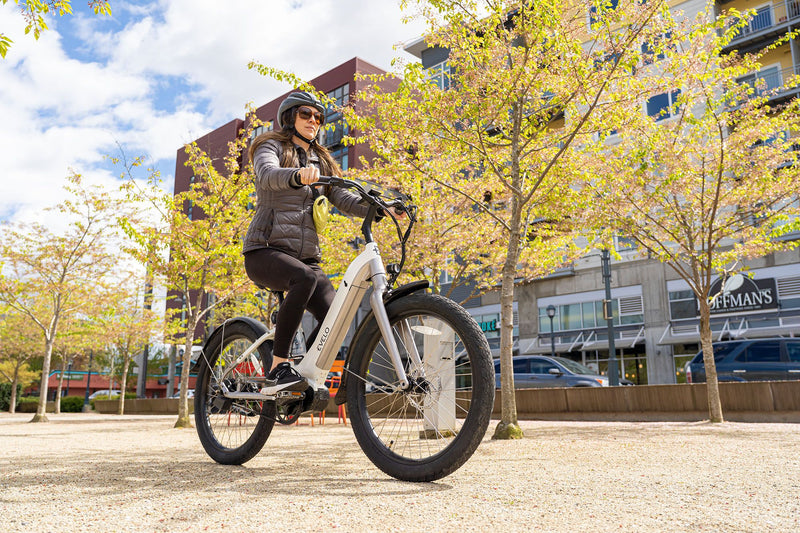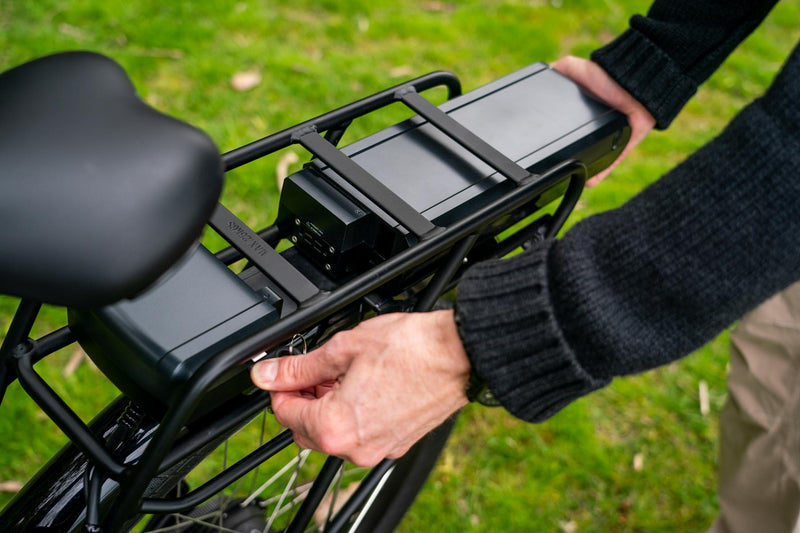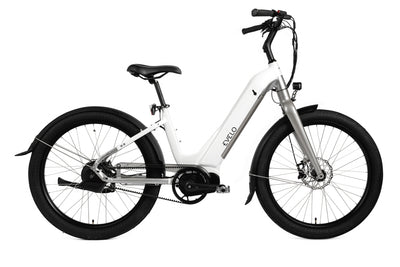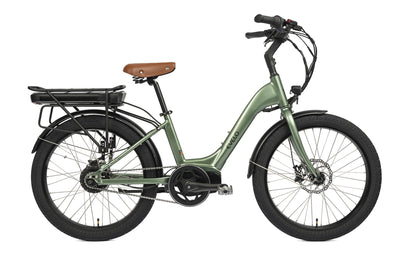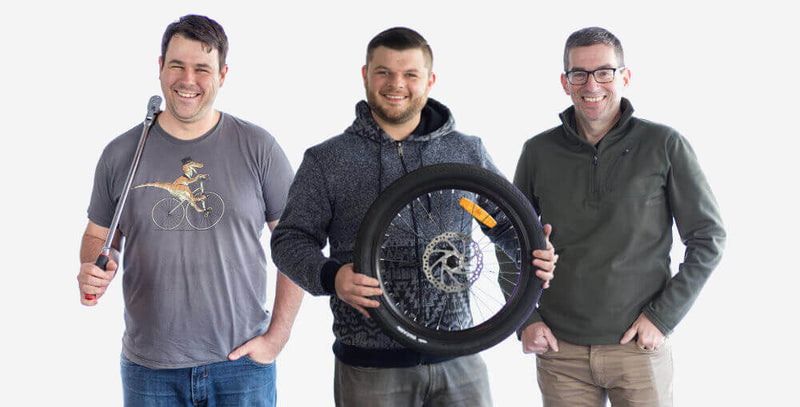Whether you’re riding a road bike on a training run or exploring the well-designed Greenhorn to Imperial Loop near Stanley, Idaho on an EVELO electric bike, you’ll probably want to get the most out of each and every pedal stroke.
In fact, finding the perfect pedal stroke has been something of an obsession in cycling. There is a cornucopia of advice on the topic, endless training drills, and a multitude of artful diagrams. But unfortunately, a lot of pedal perfection techniques probably won’t work and might even be counterproductive. Here is an example.
In a video released in May 2013, the Global Cycling Network, which is usually an awesome source of cycling tips and information said this:
“There is a well-worn phrase which is to ‘pedal in circles.’ Essentially this means that you should think about using all 360 degrees of a pedal stroke….In practice then, when you get to the bottom of the pedal stroke you should pull your foot back and then up. The technique here feels like scraping your foot back [emphasis added].”
The idea of scraping your foot back and pulling up has been used around cycling for years. Even fairly recently, for example, a popular 2011 article from Bicycling magazine described the transition to the backstroke like this:
“’Think about firing the calf muscles to point your toe,’ [biomechanist Todd] Carver says. As you come through the bottom of the stroke, the toe should be pointed down 20 degrees. ‘This ankling technique transfers some of the energy developed in [the first phase of the pedal stroke] by the bigger muscles to the crank,’ Carver says. He uses the advice popularized by Greg LeMond: ‘Act like you’re scraping mud off the bottom of your shoe. [emphasis added]’”
But in a 2015 video called “How to Pedal” the Global Cycling Network said, “first up, we’re actually going to do some backpedaling. Not literally, but metaphorically, because an overwhelming body of research, including our own, has shown that pulling up on the pedals, scraping through the bottom of the pedal stroke does not make your pedaling more efficient [emphasis added].”
Instead of needing to think about pedaling in circles, trying to pull back, or even worrying about having a 20 degree tilt to your toe, “your body will naturally put power to the pedals in the most efficient way for it,” according to the Global Cycling Network.
Pulling up and back whist “scraping” your foot through the bottom of stroke simply doesn’t work.
“Propulsive effective force is rarely observed during the recovery phase and most studies reported negative effective force during the recovery phase,” wrote Rodrigo R Bini, Patria Hume, James Croft, and Andrew Kilding in their paper, “Pedal force effectiveness in Cycling: a review of constraints and training effects.”
Improving Your Pedaling
If there is not a pedaling technique, like scraping and pulling back, that improves pedal efficiency and effectiveness, what can you do to improve your pedaling?
Pedal Naturally
Your body is an amazingly efficient and effective machine and it turns out that simply trusting yourself may be the best thing you can do to improve pedal efficiency.
Your body has a tendency to find the best pedal stroke and best pedal cadence for you, assuming you are free of physical limitations and in reasonably good shape.
So don’t fight it. Don’t force changes in pedal speed or try to become overly “efficient” with your stroke. In fact, according to Bini, Hume, Croft, and Kilding, “economy/efficiency seems to be reduced when cyclists are instructed to improve pedal force effectiveness.” Or put simply, focusing on trying to become more effective might short circuit your natural, more effective stroke.
Ride Your Bike Often
“One thing that is going to affect your pedaling efficiency,” the 2015 Global Cycling Network video said, “is your muscle efficiency. Now true muscular efficiency is really only determined by genetics and training.”
You cannot do much about genetics, but you can train more, meaning ride your bike more. Thus, even a person who is not in great physical shape could use an electric bike with pedal assistance to cover lots of ground riding for fun, commuting to work, or for exercise, and all the while improving his or her pedal stroke effectiveness. All the while moving toward a “perfect” pedal stroke.
Make Sure Your Bike Fits You
While studies have not been conclusive about how things like seat height impact pedaling effectiveness. Lowering your chest or riding position can make it more difficult and less efficient to pedal, again according to the “Pedal force effectiveness in Cycling” report. Thus, a poorly fitting bike could lead to relatively poor pedaling effectiveness.
Taken together trusting yourself, riding more often, and riding a bicycle or ebike that fits you should help you improve pedal efficiency.



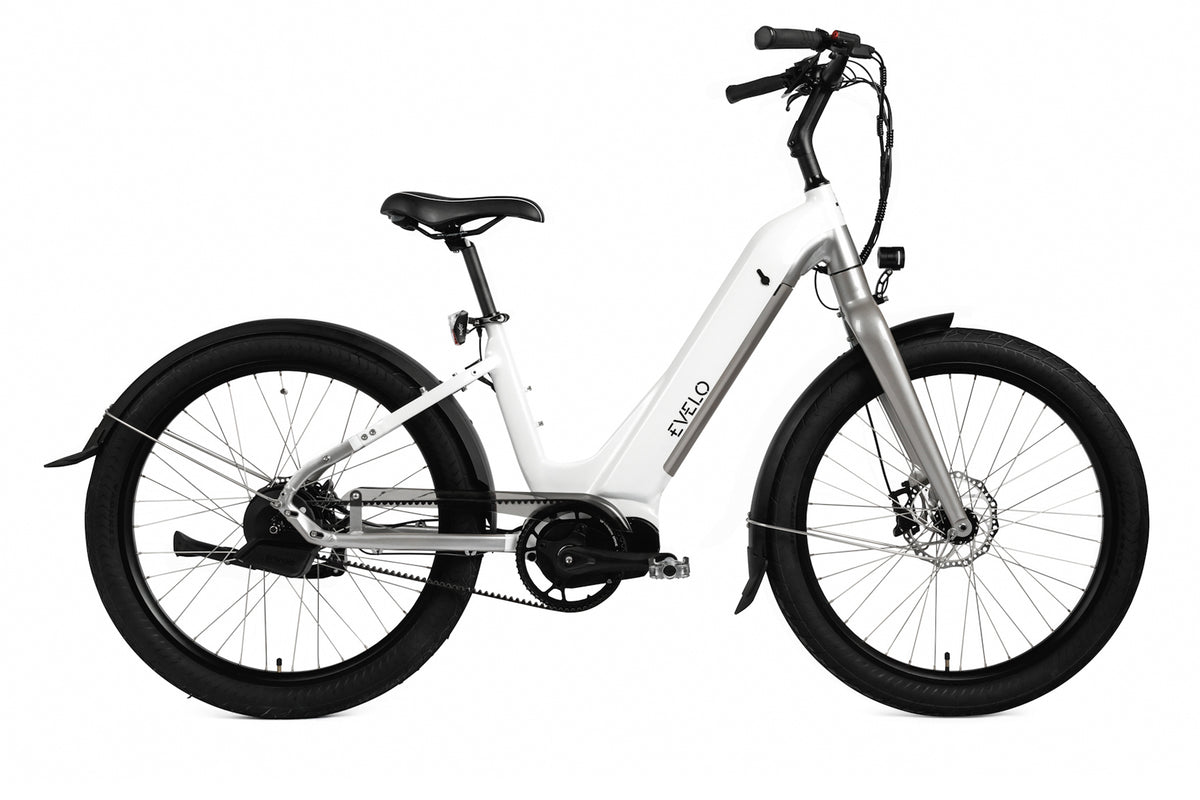
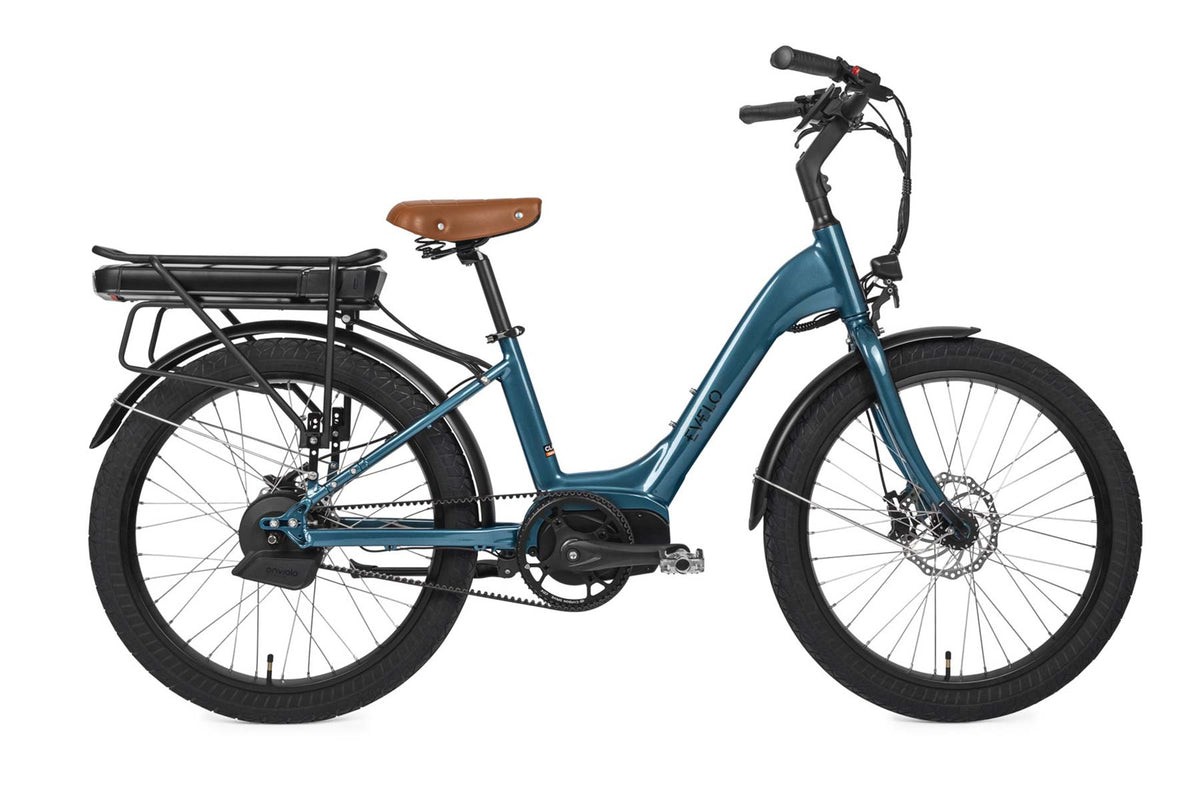


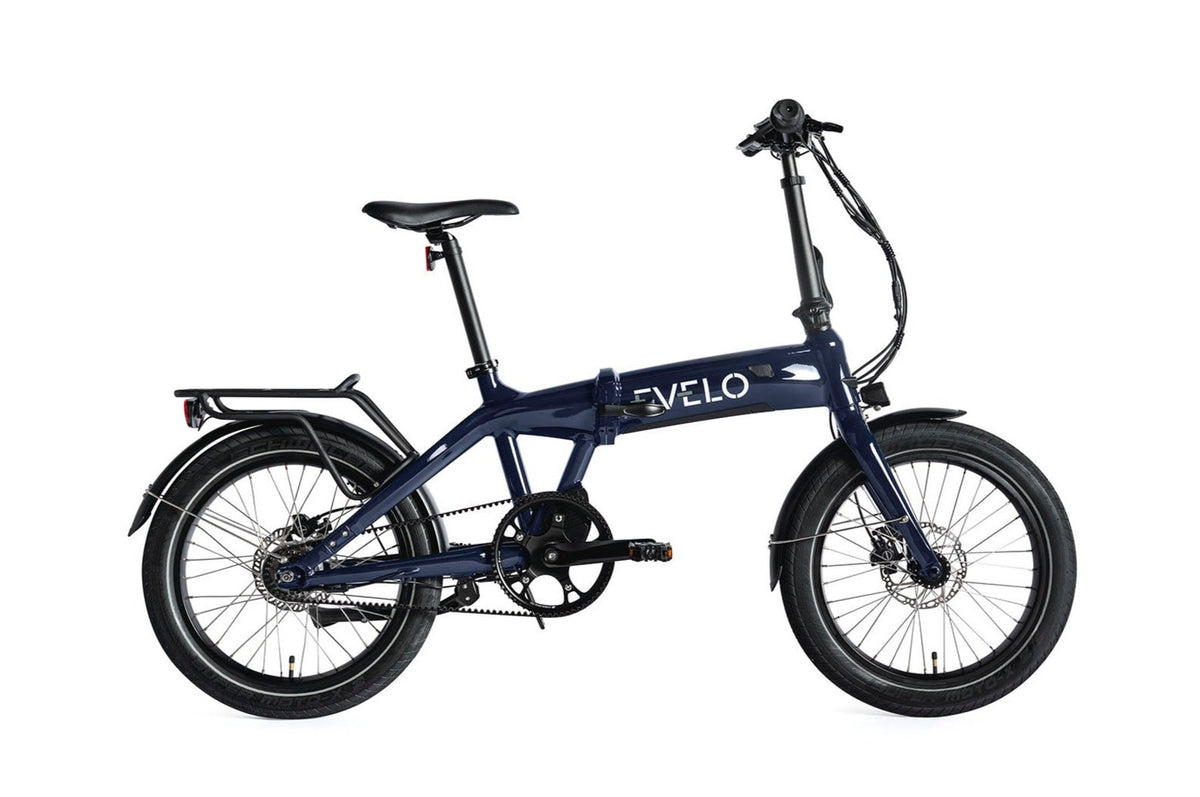
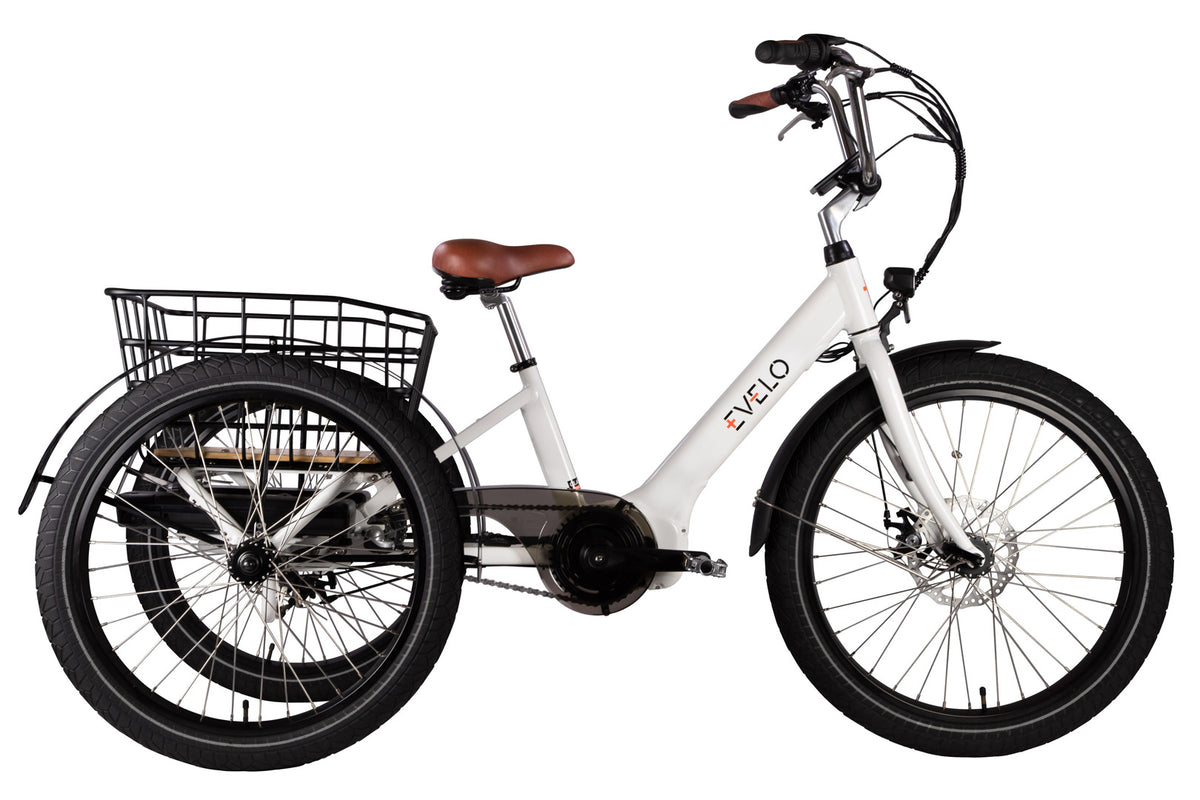
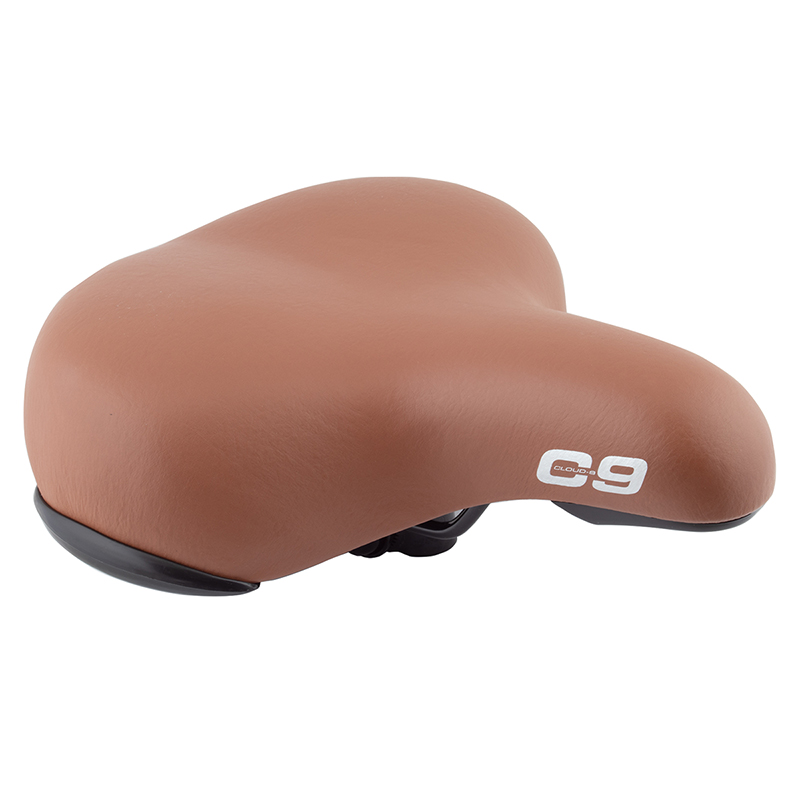
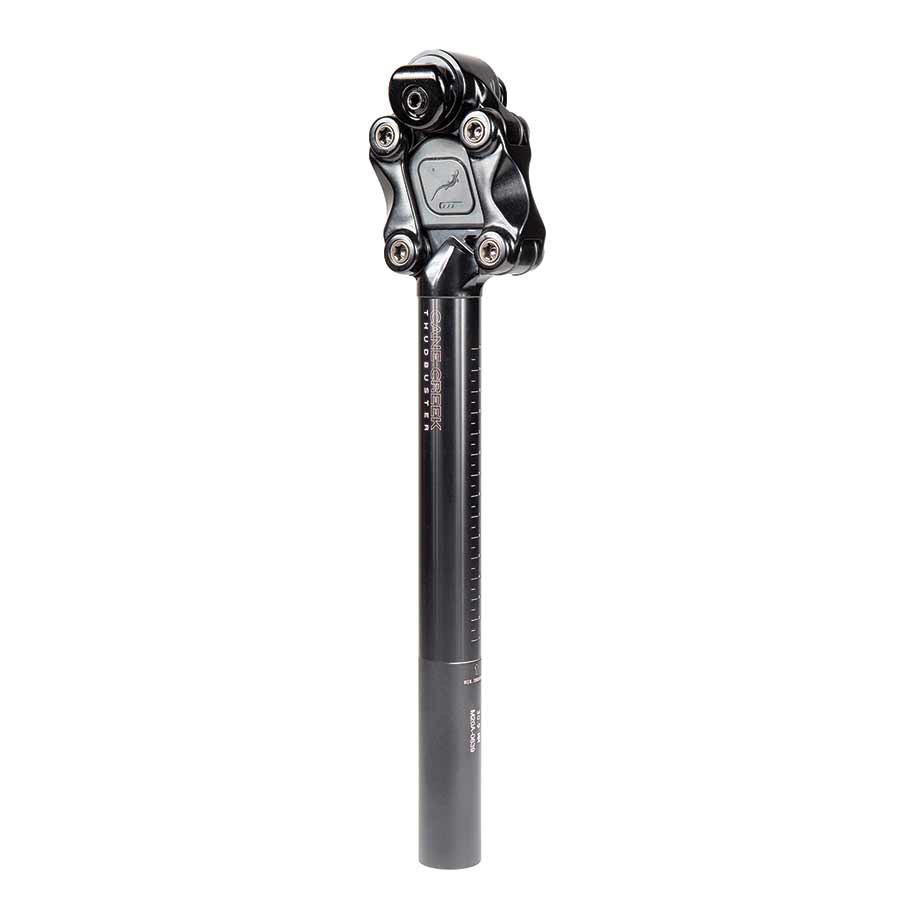
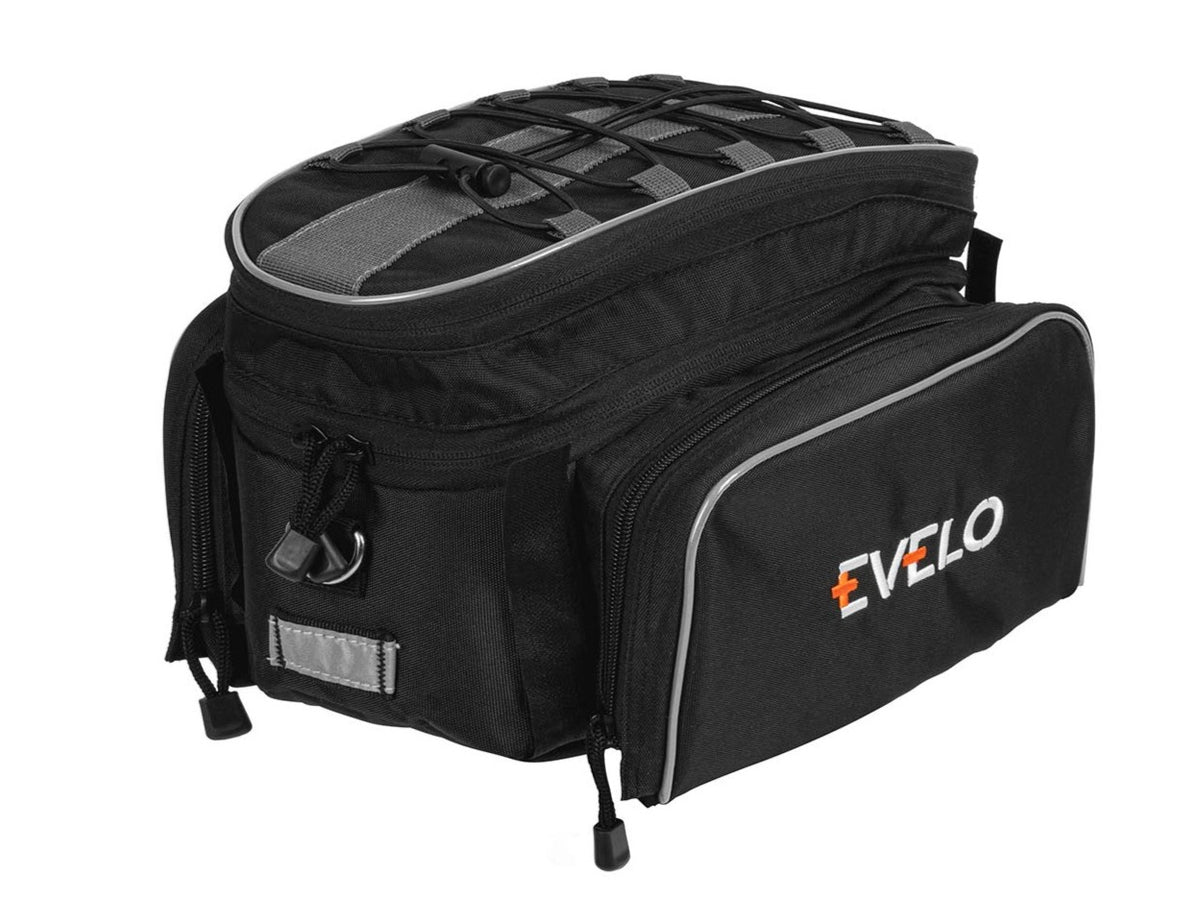
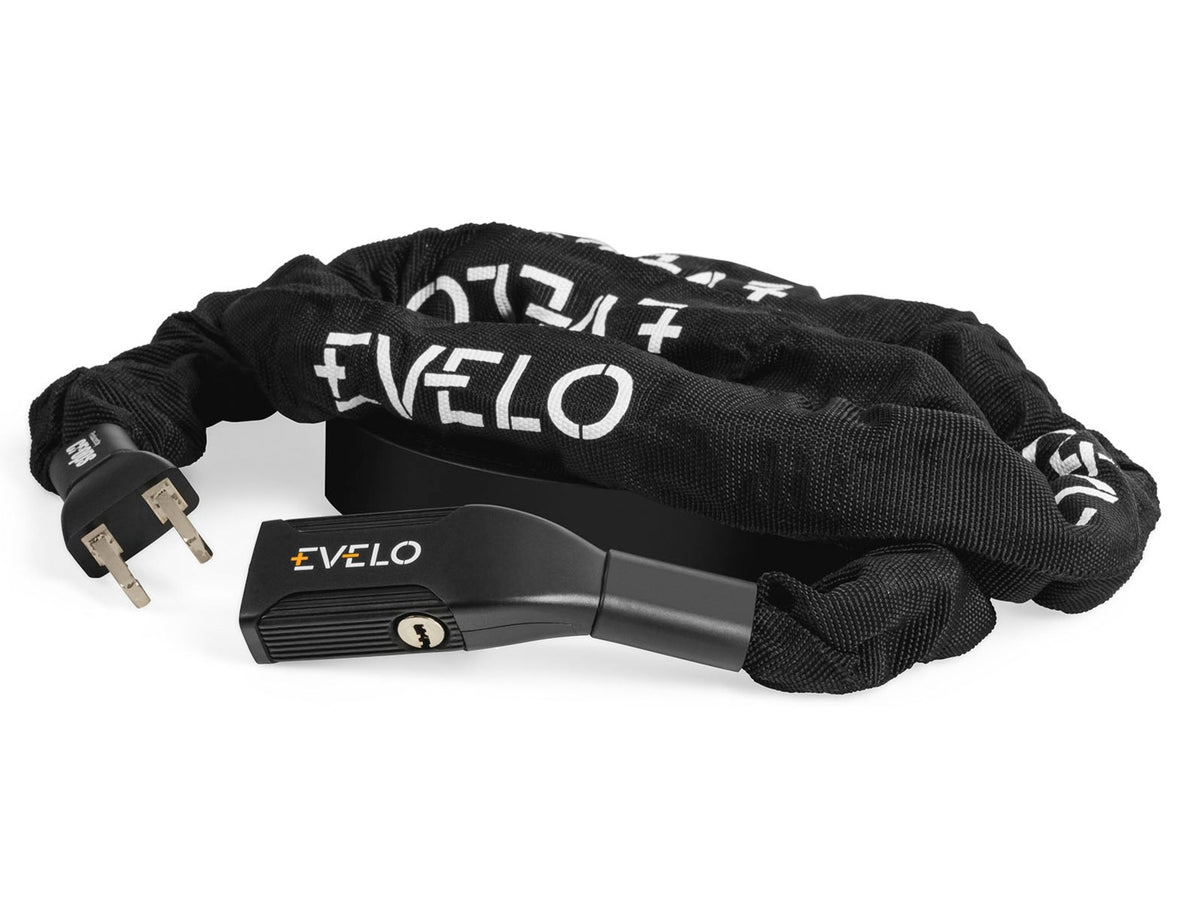


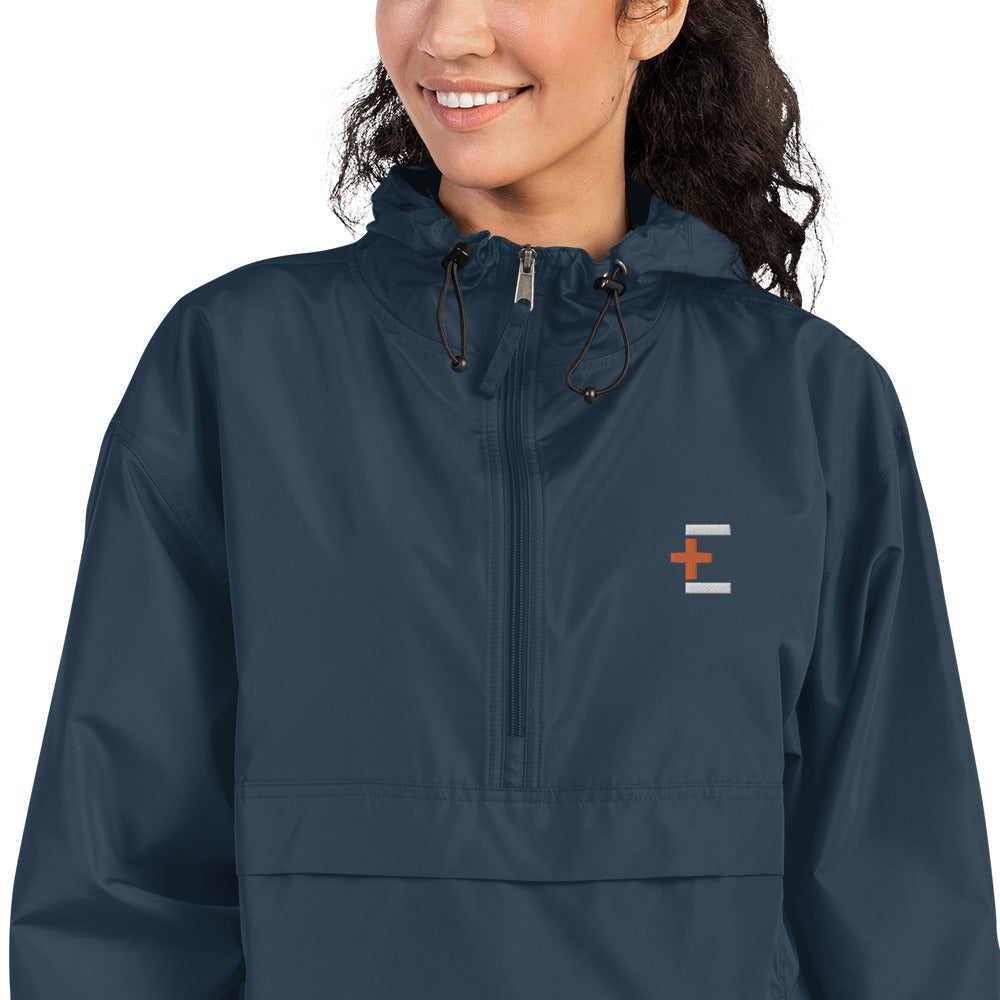

 Easy Assembly
Easy Assembly
 Service and Repairs
Service and Repairs
 Ebike Articles & Content
Ebike Articles & Content

